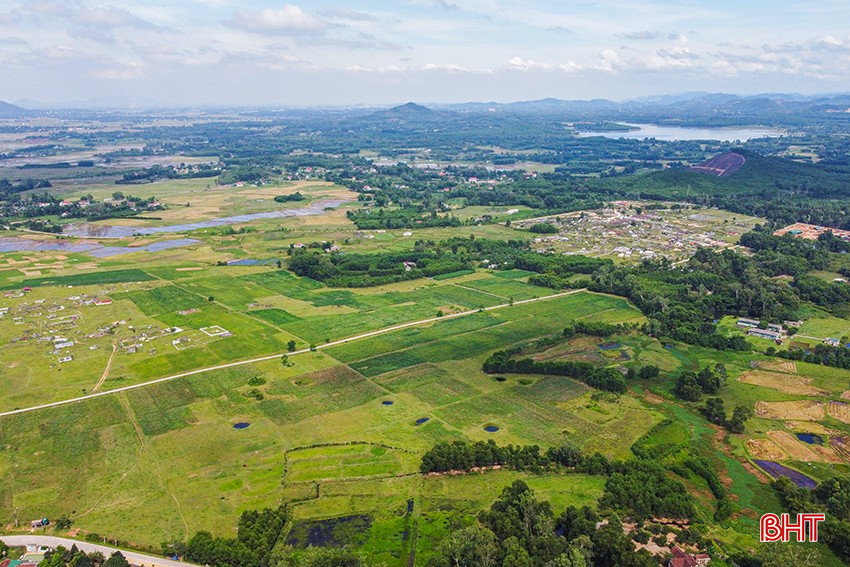
The fertile land area of more than 45 hectares in An Dung commune is located in 3 villages: Long Hoa, Long Thanh, Huu Che. According to local authorities, this is land for agricultural cultivation (previously specialized in growing peanuts) but people rarely cultivate it, causing waste of land resources.
Through research, this fertile land of more than 45 hectares is owned by more than 700 households, the largest is more than 500m2 , the smallest is nearly 100m2 . The large area and many owners have led to fragmented production methods from the past until now.


“Previously, only about 50% of the land area was used by people to grow peanuts and corn; the rest was abandoned, overgrown with weeds, and became grazing grounds for cattle. Thanks to the local government’s efforts to grow cassava, the area of abandoned land has decreased significantly in the past two years, now only more than 10 hectares remain unexploited,” said Mr. Le Xuan Phuong, Head of Long Hoa Village (An Dung Commune).
The An Dung commune government has repeatedly introduced new crop varieties such as hot peppers and pineapples to encourage people to effectively exploit abandoned fertile land, but people have not been very interested. In the past two years, the commune has proactively planted more than 1.3 hectares of cassava for starch as a model, creating a basis to encourage people to expand cultivation.

Currently, in addition to corn and peanut growing areas, many previously abandoned plots of land have been covered with green cassava beds. However, because the land is only suitable for drought-resistant crops, many households are still hesitant or even refuse to participate when new varieties are introduced.
According to Mr. Le Xuan Phuong - Head of Long Hoa village (An Dung commune), in addition to land factors, an important reason why fertile land is difficult to develop is because the majority of the working-age population has gone abroad to do business or work in large industrial zones. In the locality, there are only the elderly and children, so it is very difficult to mobilize human resources for agricultural production.
Although they are no longer cultivating, when the government mobilized them to hand over the land, many households still did not agree to let the commune carry out land consolidation. This caused difficulties for management and economic development in the area.
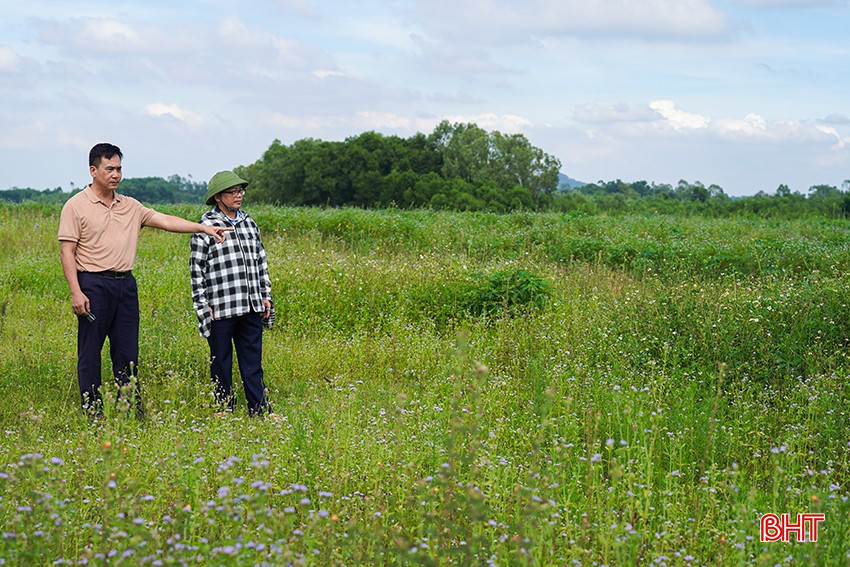
“According to the records, these plots of land belong to each household. Although the government has repeatedly urged non-producing households to hand them over for effective use, most of them have not agreed. Therefore, agricultural development and land resource utilization have encountered many difficulties,” said Mr. Phan Trung Kien, Vice Chairman of the People’s Committee of An Dung Commune.
It is known that in the past, some businesses had intended to lease the land to invest in economic development. However, due to the land area being divided among many households, complicated legal and transfer procedures, most businesses only surveyed and then withdrew.

In addition to some households that still grow corn, peanuts, and cassava to avoid wasting land, some other households have quickly taken advantage of the "frontage" location of the large plot of land to rent out as business premises or use for other purposes.
On the land of more than 45 hectares, there are many spontaneous tomb construction sites. Many families and clans take advantage of the flat, uncultivated agricultural land to build burial sites. The situation of land grabbing and land grabbing to build cemeteries in a "everyone does it for themselves" manner leads to chaotic planning, loss of aesthetics, environmental pollution and land disputes in choosing locations.
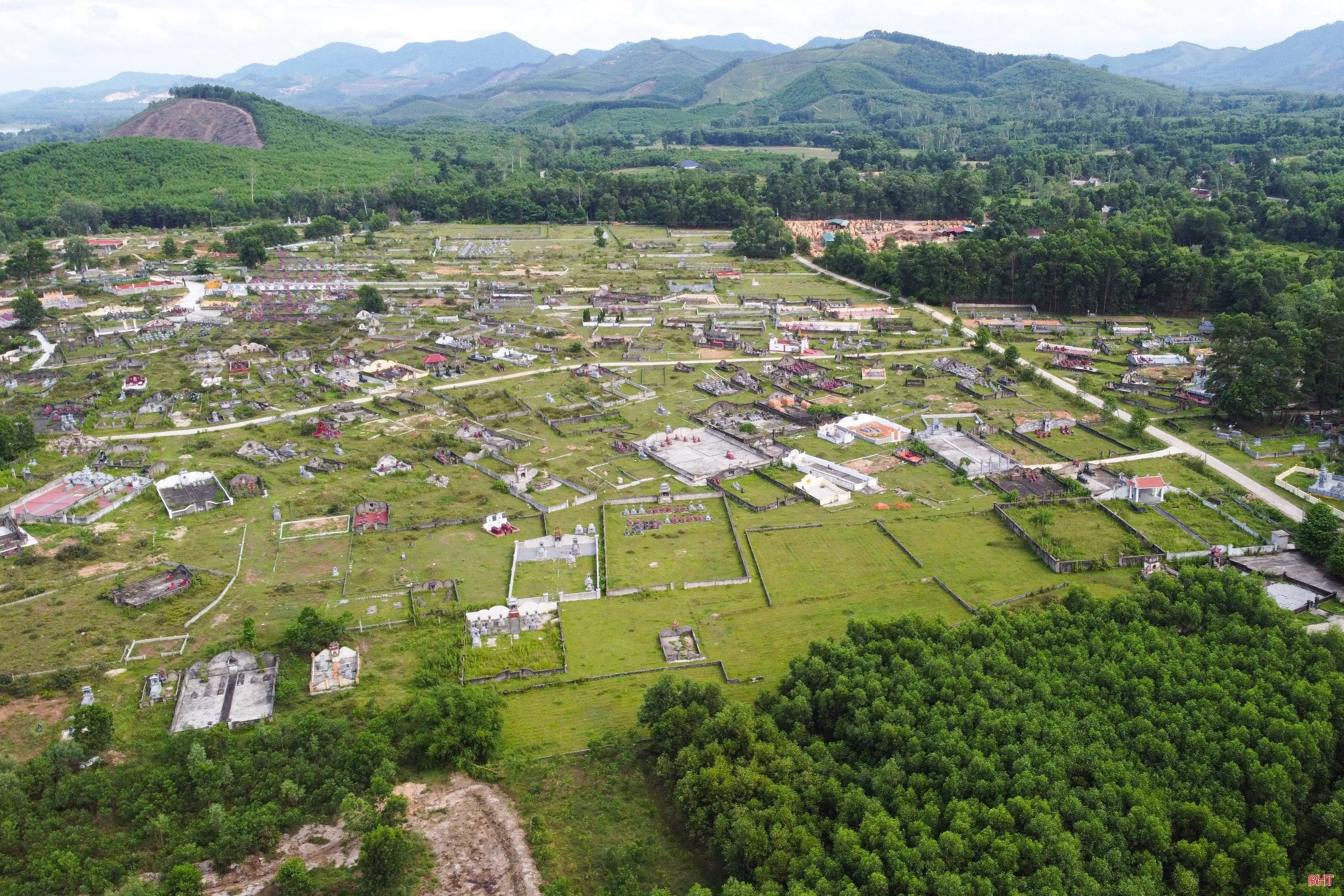
To effectively exploit the fertile land fund in An Dung commune, contributing to promoting local economic development, it is not only necessary to have the determination and efforts of the commune government in building and implementing land concentration policies but also to have the consensus and support of the people. Close coordination between the government and the people in developing suitable crops will be a factor in helping to turn abandoned land areas into sustainable economic resources for the locality.
Source: https://baohatinh.vn/nhieu-hec-ta-dat-mau-bi-bo-hoang-tai-duc-tho-post288932.html








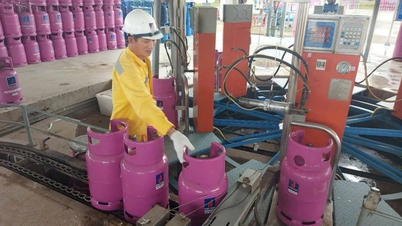

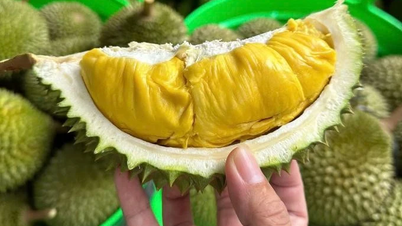

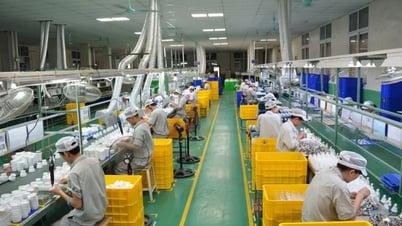














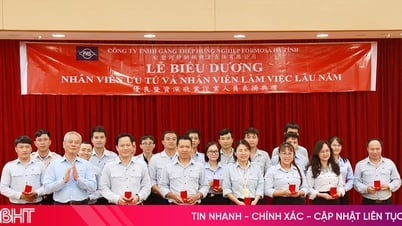
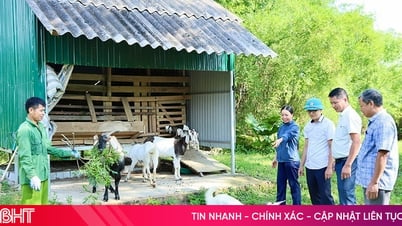













































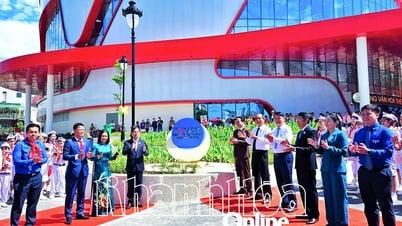









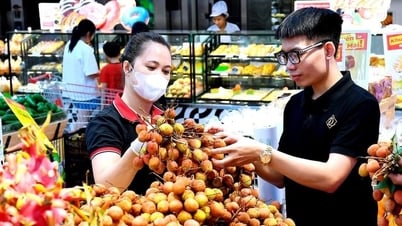










Comment (0)